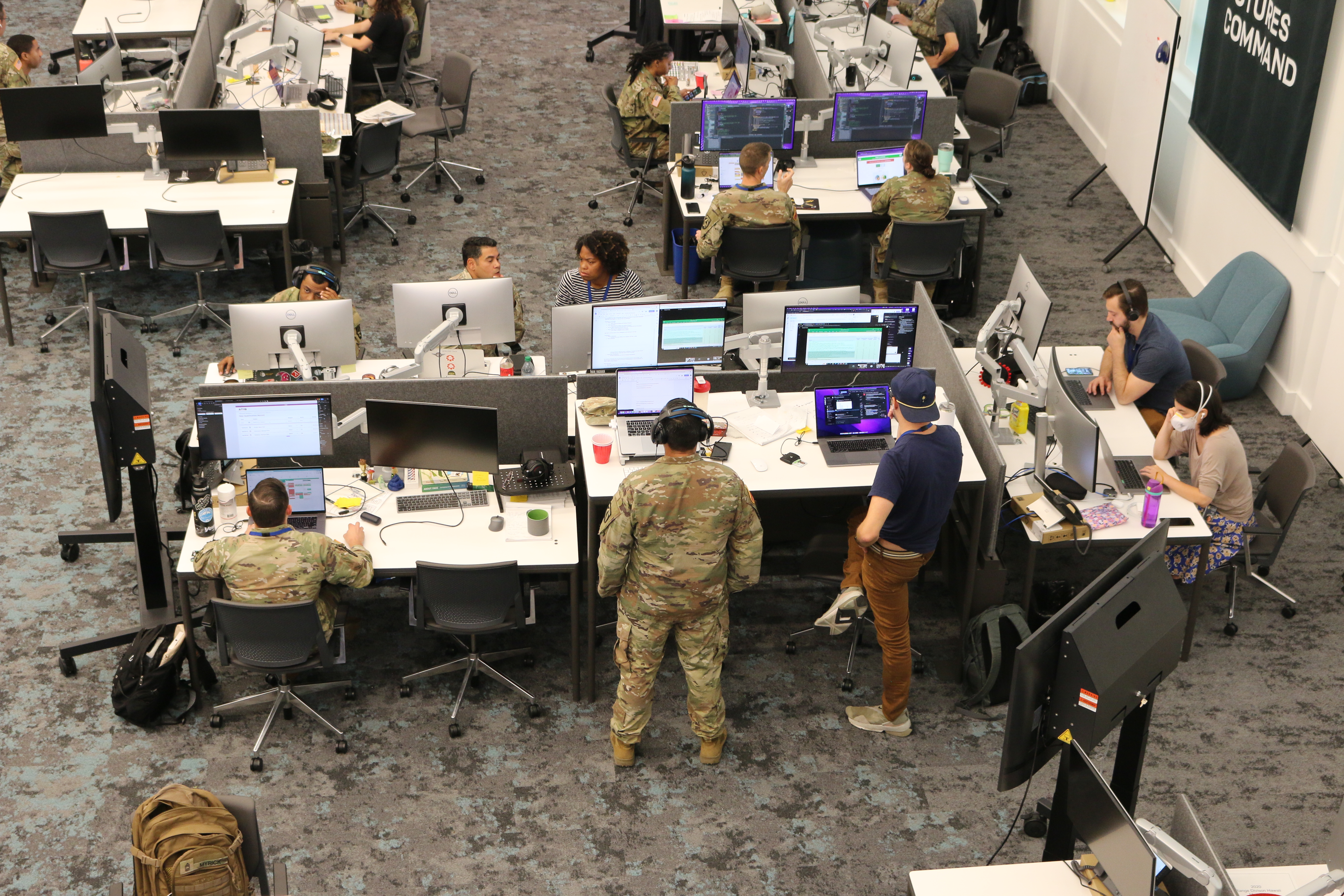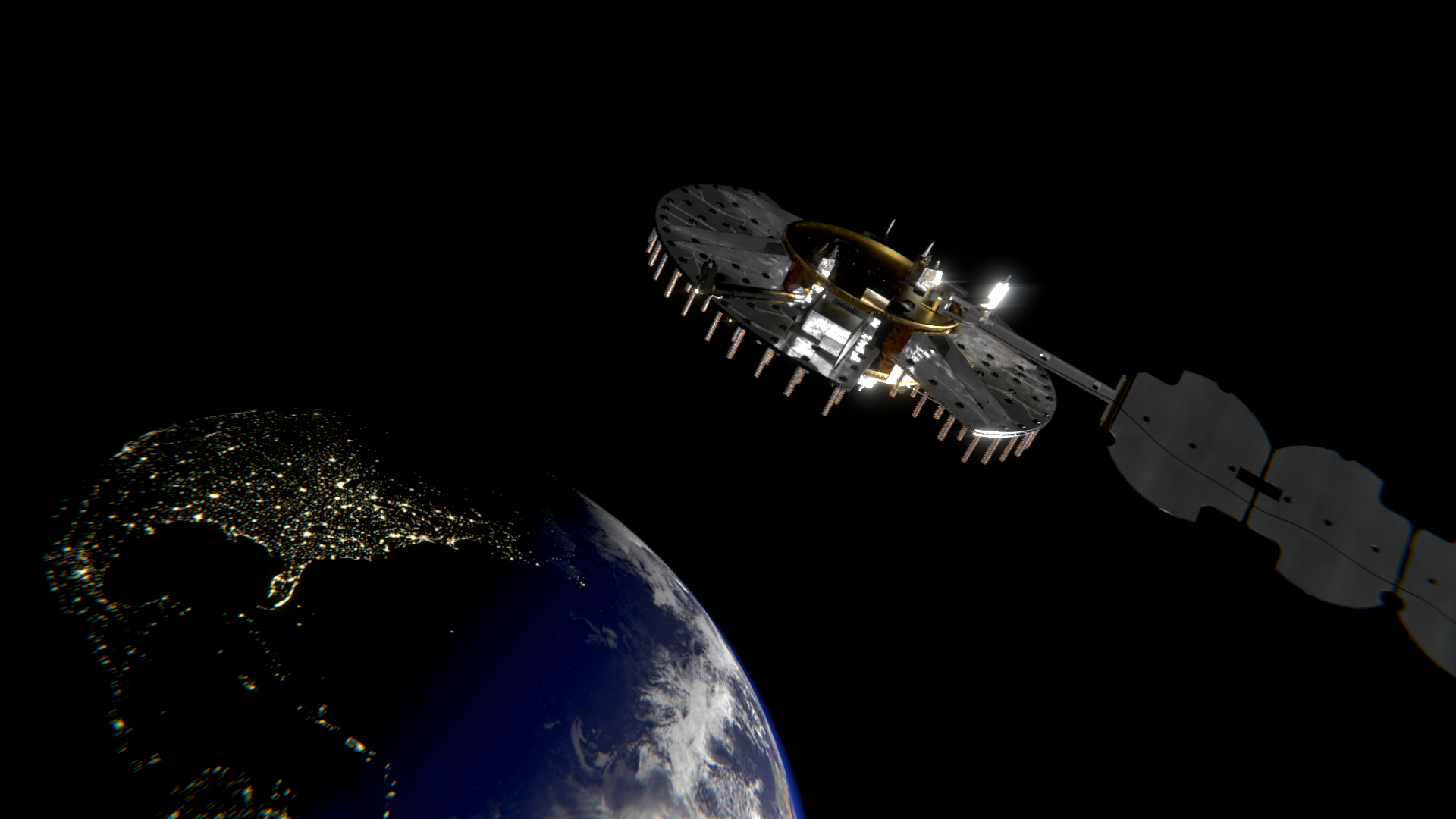
Every session in the dojo should be another step towards our ultimate goal, which is why we must take our training seriously. However, we also need to be able to appreciate moments of levity. That’s why I’d like to start today’s discussion with a quote from Master Ken regarding fighting a Kenpoist.
“In Kenpo, students are actually encouraged to hit themselves during a fight. Which means if you fight a Kenpo black belt long enough, eventually he’ll kick his own a**.”
This is, of course, a joke about the rebounding slap seen performed by Kenpoists all over the world. If you are a Kenpo practitioner, you are most likely aware of the reason behind this action of rebounding and its potential applications. If your art doesn’t employ this concept, then it may appear funny and foolish. To an outsider it can look like a guy slapping himself for no apparent reason, which may be true in some cases. However, a skilled and self-aware Kenpoist is conscious of their actions and uses rebounding to harnesses and immediately rerelease power.
“Harness and immediately rerelease power.” What does this mean?
Let’s take a moment to consider a baseball and what happens to it from pitch to a homerun hit. A pitcher throws a baseball at roughly 90mph. The batter swings his bat to strike the ball with a barrel speed of his bat around 80mph. There’s a loud cracking sound as the bat smacks the ball and, nearly instantaneously, the ball is sent off in a direction nearly opposite of its original path at over 100mph. Both the bat and the ball act upon one another. The heavier and continuously powered bat absorbs the energy of the ball and continues on its path. A homerun ball results from the bat’s massive force acting on the baseball creating huge acceleration of the ball opposite its original path when it left the pitcher’s hand.*
Now that we have a visual example in mind, let’s get into the science of this action. A force from the bat is acting upon the ball to change its direction. The physics equations for what is happening in this example are as follows:
F=ma
Force = mass x acceleration
Force is equal to the mass of an object multiplied by the acceleration of that same object.
To deeper understand the resulting change of direction of the ball we must define “acceleration.” That is where the following equation comes into play.
a = (vf–vi)/Δt
Acceleration is equal to the change in velocity (resulting velocity – initial velocity) of an object divided by the amount of time it takes for that change to happen. We plug these pieces of the “Acceleration equation” into the original “Force” equation (F=ma) for “a” and end up with the following representation of the force exercised on the ball while it is in contact with the bat.
F = (mvf–mvi)/Δt
Here we are shown that the FORCE exerted on the ball by the bat is equal to the mass of the ball (m) multiplied by the final velocity (vf) of the ball minus the mass of the ball times the initial speed of the ball (vi). Pay special attention to how the positive and negative of the velocity affects the outcome. Because they are moving in opposite directions the initial velocity is considered a negative because it’s going in the opposite direction of where it ends up heading. The net result of the subtraction in the equation is that it is added to the first part of the equation. The (mvf-mvi) is then divided by the amount of time (Δt) the bat is in contact with the ball for our final understanding of the force used to create that change in speed and direction.
As we wrap our mind around these equations and how they relate to speed and acceleration, the overall take-home message I want to impart is the following:
The greater the change in directional speed of an object and the shorter the time frame in which the change of speed happens the greater the observed force must be.
The exact numbers for the speeds of the bat and ball are not the important part here. What is important is the overall concept. The speed at which the ball leaves the bat is enhanced and is greater than the speed of either object’s original movement. Imagine for a moment that the batter no longer had a bat. Instead, he was forced to catch the ball barehanded and, with the same hand, throw it back as fast as he could. He would have to decelerate the pitched ball’s speed by absorbing the moving ball’s force with his musculature and then reaccelerate it to throw it towards the outfield wall. It’s safe to say that it would take longer to get the ball moving towards the outfield and would also leave his hand with less velocity than in the previous example where it was hammered off the bat.
You may be wondering how this baseball analogy applies to Martial Arts. The idea of this parallel to baseball is to have us look at our torso compared to the bat and our hands to the baseball. After a hand strike is thrown, it returns to us. We don’t simply leave it out there for an attacker to grab or manipulate. So, as it returns toward the bulk of our body, we must instantaneously decide if it is to be deployed again or will it stay back in a fighting or checking position. If we’re deploying it once more, we can reduce the time out of battery and increase its velocity back into the fight by rebounding the hand off our torso. Like in the baseball example, the projectile bounces off the heavier object and it forced back towards whence it came.
In Part 2, we will delve further into the practical application, the lab of the dojo if you will, and increase our understanding of the rebounding principle.
Salute,
Ian Lauer
B.A. Chemistry
2nd Degree Black Belt American Kenpo
1st Degree Black Belt Tae Kwon Do
1st Degree Black Belt Coszacks Karate
*The resulting direction of the ball is not exactly opposite its original path and there are other considerations of how energy is dissipated and lost during a directional change that is not 100% efficient.
This analogy is simply meant to be a broad stroke scientific explanation of acceleration in our Marital Arts training.
Sport science, Training, Martial arts training, Kenpo
Black Belt Magazine
[crypto-donation-box]







